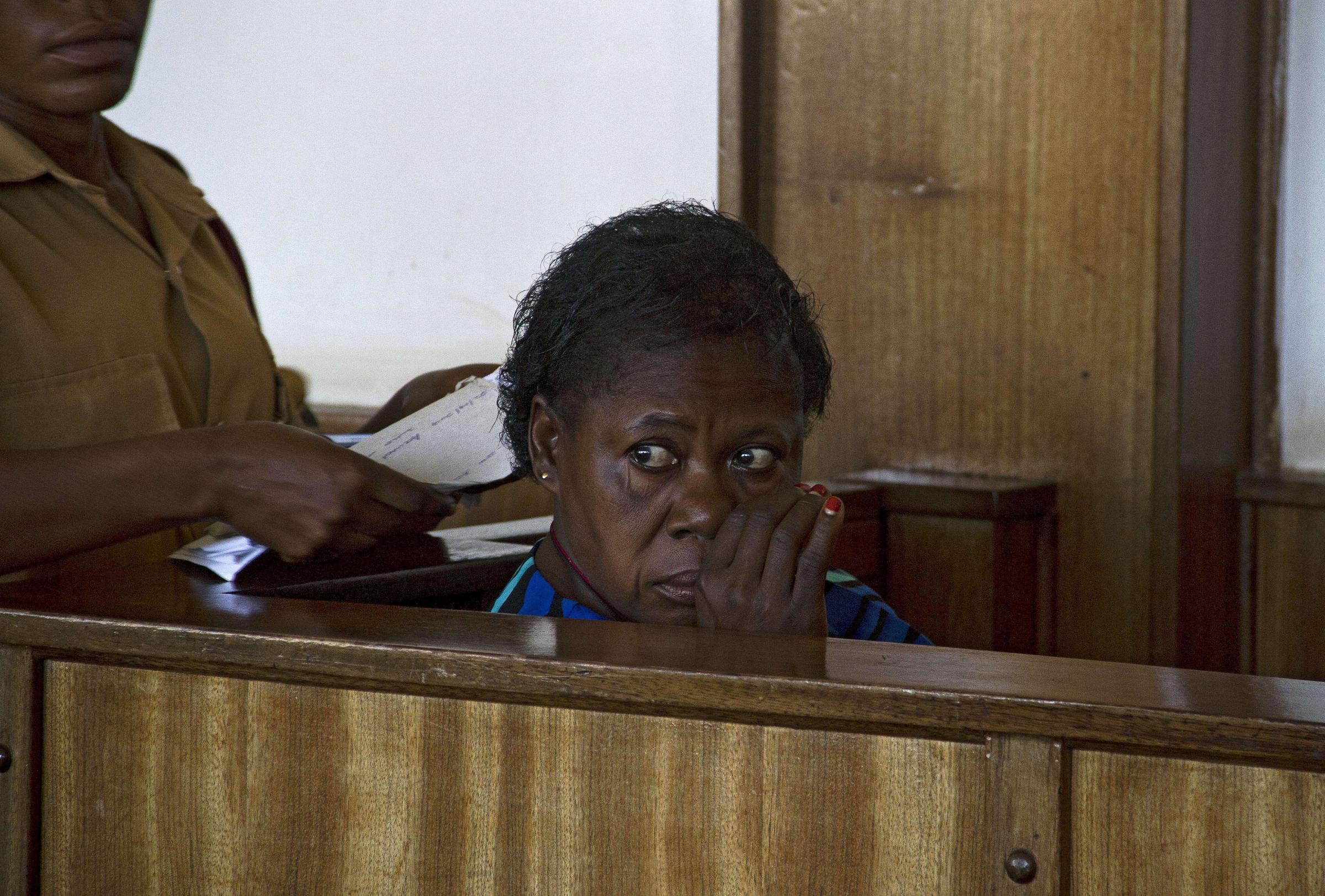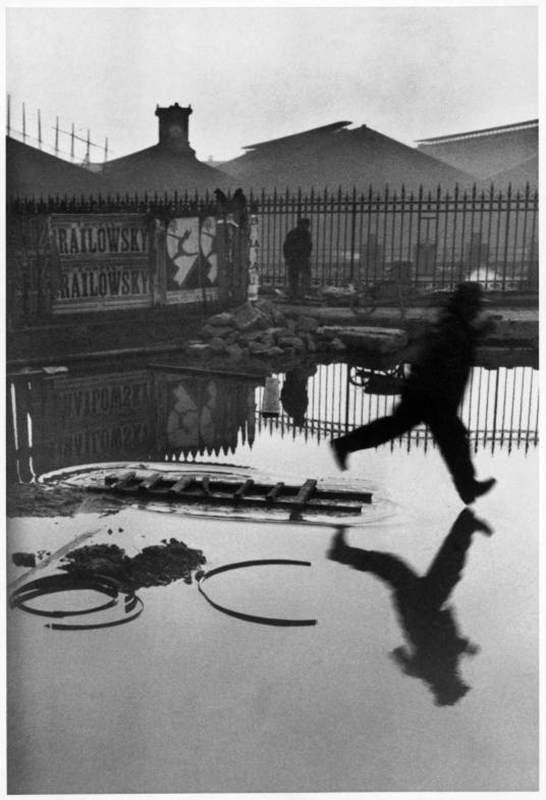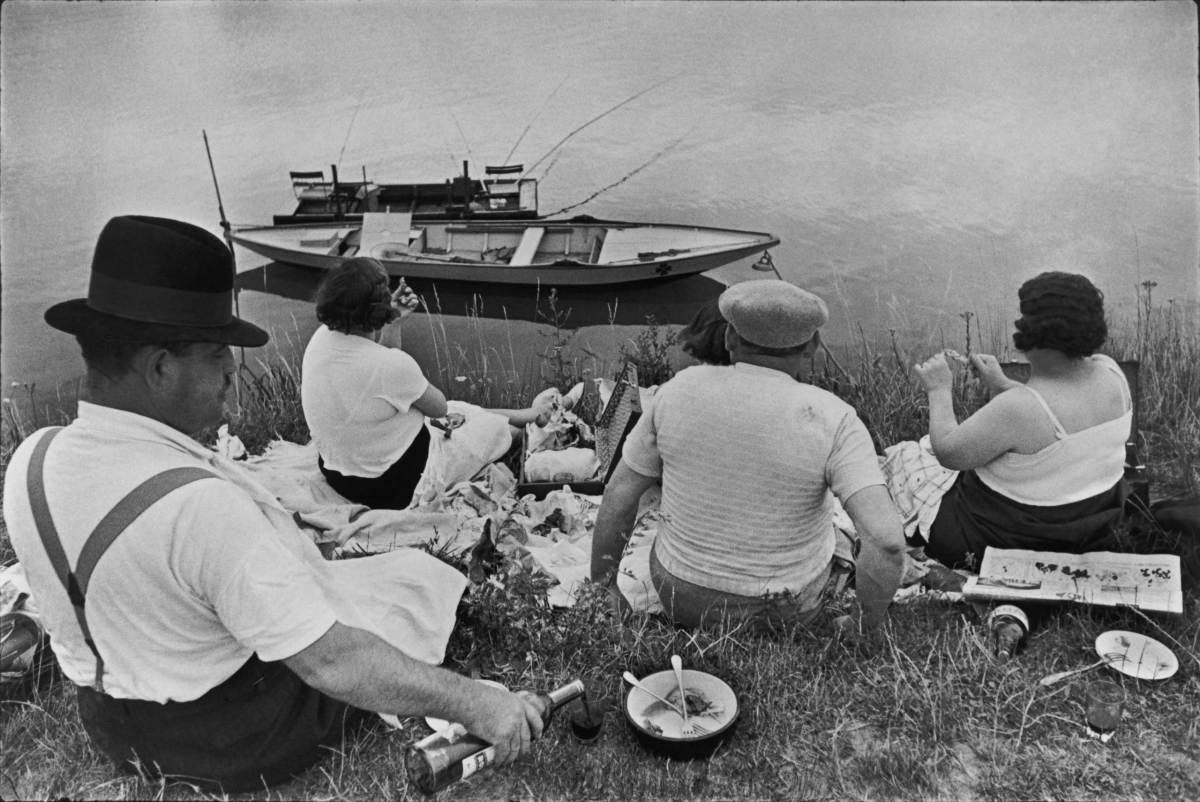
Within the canon of European photography books it would be difficult to find one more famous, revered and influential as Henri Cartier-Bresson’s Images a la Sauvette or, as the American edition is titled, The Decisive Moment. Upon its release in French and American editions in 1952, Cartier-Bresson received personal letters affirming its brilliance from the likes of Jean Cocteau, Alexey Brodovitch, Carmel Snow (then editor of Harper’s Bazaar), and Joan Miro. The French edition publisher Stratis Eleftheriadis (known simply as Tériade) claimed it was “one of the most satisfying books that [he] had had the pleasure of making.” Its value as an out-of-print collectable has risen over the past few decades resulting in keeping this masterpiece out of the hands of many younger photographers. Finally, after 62 years, it is again seeing the light of day this December with a gorgeous facsimile from the German publishing house Steidl.

Henri Cartier-Bresson had an early interest in the photo book as a public vehicle for his work. In a letter to Marc Riboud he wrote, “Magazines end up wrapping French fries or being thrown in the bin, while books remain.” As early as 1933, Cartier-Bresson had begun one of many different proposed book projects with the intent to publish something of a monograph, but all had failed to be realized for one reason or another. Aside from a small exhibition catalog for an exhibition at the Museum of Modern Art in New York, The Decisive Moment was Cartier-Bresson’s first real book.
Initial mentions of the project came in May of 1951 with an assistant at the Magnum Photos office in Paris gathering images for the literary agent Armitage Watkins to show to a possible publisher – Richard Simon of Simon and Schuster Publishing. By June, Cartier-Bresson was in his own discussion with Tériade in France about a French-American co-edition between Tériade and Simon and Schuster Publishing. By the end of that year, the photographer had begun mining his archives for the photographs, editing and sequencing them and by March of 1952, three copies of a dummy were prepared. It was one of these book dummies that Cartier-Bresson had shown to the artist who would design and paint the exquisite and notably ‘non-photographic’ cover boards – Henri Matisse.
The final edit of 126 photographs taken between 1932 and 1952 appear roughly chronological but divided in the book into two sections – the first section (with exception to two images) corresponds to the years 1932 to 1947 and comprising photographs from Western countries and the second (with one exception) between 1947 and 1952 with photographs made in the East – China, India, Indonesia and the Middle East. According to Clément Chéroux, who penned this new edition’s informative essay on the book’s genesis, Cartier-Bresson’s decision to break the sequence into these two sections also corresponds to the formation of Magnum Photos in 1947, and subsequently, a moment in the artist’s life when he decided to commit himself to photojournalism. The photographer and theoretician Minor White noted his own opinions about the book’s division, “In his early work, form often dominates content,” adding, “the early pictures show a man more involved with his personal world than with the outer world […] The later work shows a decided preoccupation with content, the human, social or political meaning – his outer world.”
On July 22, 1952, the book went to press and 10,000 copies (roughly 3,000 French and 7,000 English language copies) were inked in heliogravure by the best printers of the time: the Draeger brothers. The results were so outstanding that Walker Evans in his New York Times review wrote of the book’s “breathtaking quality.”
Three months later, the book was released to critical acclaim and solidified Cartier-Bresson as one of the great photographers of his time. In contrast with its solid reviews, the modestly priced $12.50 book sold only fairly in the United States at less than 100 copies per month of the 3,500 copies initially distributed to bookshops – a previously expected second printing was therefore cancelled.
Even though the passing of time had established The Decisive Moment as one of the most important books of the second half of the 20th century, Cartier-Bresson himself had reservations regarding allowing a second edition and it remained out-of-print. It was Martine Frank, Cartier-Bresson’s wife who after long conversations with the HCB Foundation, Cartier-Bresson’s daughter and publisher Gerhard Steidl, decided that this 2014 facsimile should finally be published.
Like the original, this 2014 edition will be also published in French and English editions, both following the 1952 layout faithfully. “We were in the lucky position to have been able to scan a mint copy of the book from the Fondation Henri Cartier-Bresson,” says publisher and printer Gerhard Steidl.
One difficulty facing any modern printing is that the remarkable gravure process that marks the original is now virtually extinct. “The gravure printing from the 1950s to the 1970s was really the quality peak for printing photography books,”Steidl tells TIME. “Today this technology is practically gone, no machines exist anymore. I’ve researched and made test-prints over many years to hone an offset technology to get exactly the same look as gravure printing. We use a special screening, particular inks, and a printing formula which [remains] my secret.”
For new generations of photographers and artists who have missed out on experiencing many of the world’s important books first hand, it cannot be stressed enough how important this new edition of The Decisive Moment is for a contemporary audience. “Robert Frank’s The Americans and Cartier-Bresson’s The Decisive Moment were published within a few years of each other in the 1950s and both books have since become the blueprint for the modern photography book,” Steidl says. “When you look at them, the design, the sequencing of the photos and the printing are – even 60 years later – much better than most of the printed books on the market today. My intention in reprinting both has been to analyze the contents of the books, the intention of the photographers, and to print them in exactly the same way, so the next generation can see how these fine books were made and secure the future of photography publishing.”
The Decisive Moment by Henri Cartier-Bresson will be published in Dec. 2014 by Steidl.
Jeffrey Ladd is a photographer, writer, editor and founder of Errata Editions.


More Must-Reads from TIME
- Cybersecurity Experts Are Sounding the Alarm on DOGE
- Meet the 2025 Women of the Year
- The Harsh Truth About Disability Inclusion
- Why Do More Young Adults Have Cancer?
- Colman Domingo Leads With Radical Love
- How to Get Better at Doing Things Alone
- Michelle Zauner Stares Down the Darkness
Contact us at letters@time.com